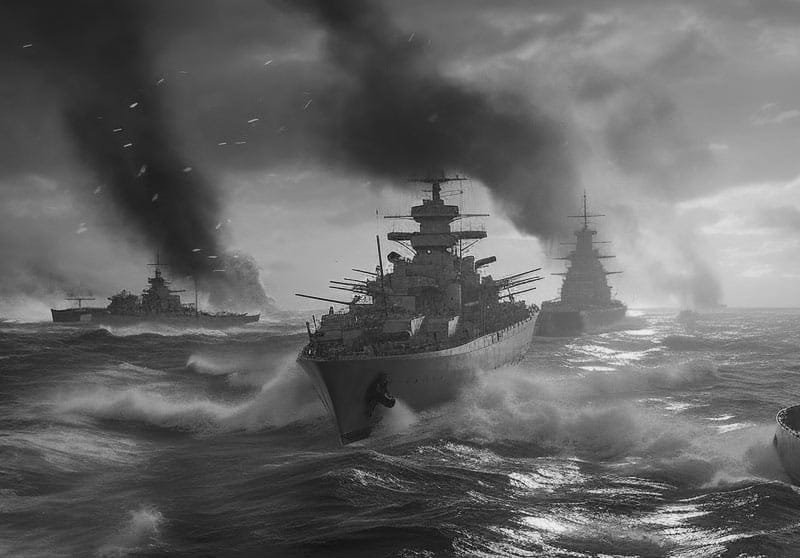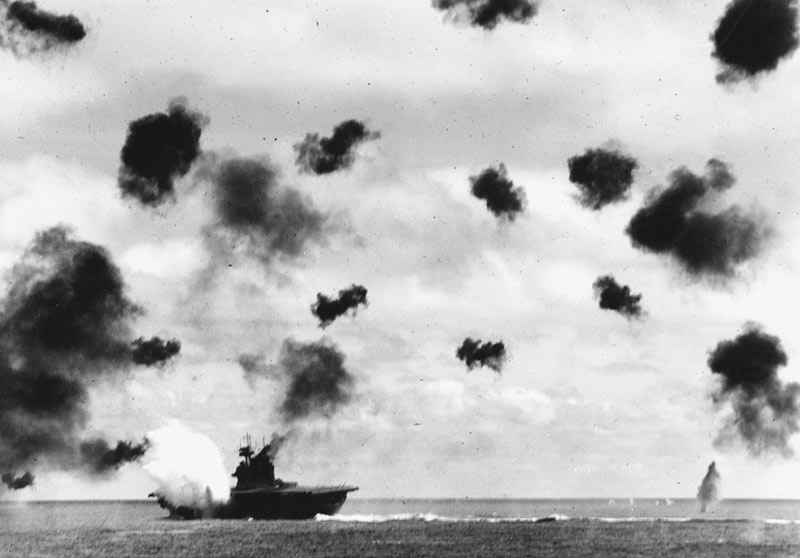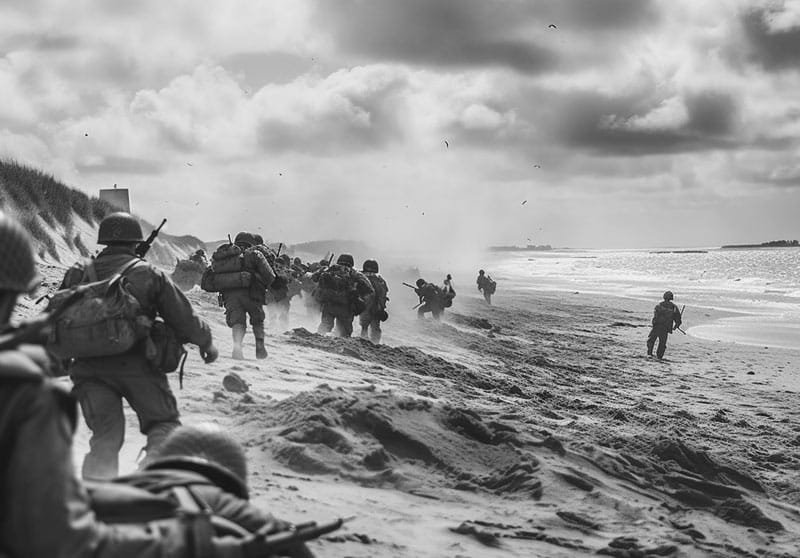Welcome to this article on the Battle of Midway, one of the most significant naval battles of World War II. This pivotal engagement, which took place from June 4 to 7, 1942, marked a turning point in the Pacific theater and played a crucial role in shifting the balance of power in favor of the Allied forces. In this article, we will explore the background, key events, strategies, and outcomes of the Battle of Midway. By delving into this historic battle, readers will gain a deeper understanding of its significance and its impact on the course of the war.
Background: Setting the Stage
To fully comprehend the importance of the Battle of Midway, it is essential to understand the context and circumstances leading up to the engagement. Here are some key points:
- Japanese Expansion: In the early stages of World War II, the Japanese Empire embarked on a campaign of territorial expansion in the Pacific, aiming to establish dominance over the region.
- Strategic Importance of Midway: Midway Atoll, a small group of islands located in the central Pacific, held significant strategic value due to its proximity to Hawaii and its potential as a forward base for the Japanese.
- Intelligence Breakthrough: The United States had intercepted Japanese communications and obtained critical intelligence regarding their plans to attack Midway, providing an opportunity to turn the tide in the Pacific.
Battle Preparations and Strategies
American Preparations
In the face of the imminent Japanese threat, the United States took decisive actions to prepare for the Battle of Midway. Here are some important aspects:
- Strengthening Defenses: The U.S. military reinforced Midway’s defenses, including the installation of additional antiaircraft guns and the deployment of aircraft.
- Gathering Forces: The United States assembled a formidable naval force, including aircraft carriers, cruisers, destroyers, submarines, and aircraft, to confront the Japanese.
- Decryption of Japanese Code: The U.S. codebreakers had successfully decrypted Japanese naval codes, providing invaluable insights into Japanese intentions and enabling strategic planning.
Japanese Strategies
The Japanese forces also devised a comprehensive strategy for the Battle of Midway. Here are some key elements:
- Objective: The Japanese aimed to lure and destroy the American carriers, thereby eliminating a major threat to their expansion in the Pacific.
- Diversionary Tactics: The Japanese initiated attacks on the Aleutian Islands in Alaska to divert American attention and resources away from Midway.
- Superiority in Numbers: The Japanese believed their superior numbers and battle-hardened forces would secure them victory.
Key Events of the Battle
American Counterattack
The Battle of Midway began with a preemptive American attack on the morning of June 4, 1942. Here are the significant events that unfolded during the battle:
- Japanese Carrier Strikes: In the early stages of the battle, the Japanese carriers launched devastating air strikes on Midway Island, inflicting damage on the installations.
- American Carrier Strikes: The American carriers responded with a series of coordinated airstrikes, targeting the Japanese carriers Akagi, Kaga, Soryu, and Hiryu.
- Sinking of Japanese Carriers: Through skilled piloting and determination, American carrier-based aircraft inflicted severe damage on the Japanese carriers, ultimately leading to their sinking.
- Loss of American Carrier: The USS Yorktown, one of the American carriers, suffered significant damage and eventually sank as a result of Japanese counterattacks.
Japanese Retreat and American Victory
Following the destruction of their carriers, the Japanese forces retreated, marking a significant turning point in the battle. Here are the key events leading to the American victory:
- Torpedo Squadron 8: Despite heavy losses, the heroic efforts of Torpedo Squadron 8, known as the “The Flying Tigers,” played a crucial role in the sinking of the Japanese carriers.
- Dive Bomber Attacks: American dive bombers targeted the remaining Japanese carrier, Hiryu, inflicting severe damage and leading to its eventual sinking.
- Japanese Withdrawal: With their carriers crippled, the Japanese forces made the decision to retreat, abandoning their plans to capture Midway.
- Strategic Shift: The American victory at the Battle of Midway shifted the balance of power in the Pacific, halting Japanese expansion and putting them on the defensive.
Significance and Legacy
The Battle of Midway holds immense significance and has a lasting legacy in the annals of military history. Here are some key points:
- Turning Point in the Pacific: The American victory at Midway marked a turning point in the Pacific theater, shifting the momentum in favor of the Allies and dealing a significant blow to Japanese naval power.
- Impact on Japanese Expansion: The defeat at Midway halted Japanese expansion in the Pacific and forced them to adopt a defensive stance, ultimately leading to their gradual retreat.
- Boosting American Morale: The triumph at Midway bolstered American morale and provided a much-needed boost to their confidence after the devastating attack on Pearl Harbor.
- Importance of Naval Aviation: The Battle of Midway highlighted the vital role of naval aviation and the significance of aircraft carriers in modern naval warfare.
Conclusion
The Battle of Midway stands as a testament to the courage, strategic planning, and resiliency of the Allied forces in World War II. This decisive engagement, fought with great valor on both sides, shifted the tide of the war in the Pacific and marked a turning point in the conflict. The legacy of the Battle of Midway serves as a reminder of the indomitable spirit of those who fought and the sacrifices made to secure victory. It remains an enduring symbol of the power of determination, intelligence, and coordinated action in the face of formidable challenges.
- The Battle of Midway: Turning the Tide in the Pacific - June 7, 2023
- The D-Day Operation of June 6, 1944 - June 6, 2023
- The B-29 that Changed History - June 4, 2023


